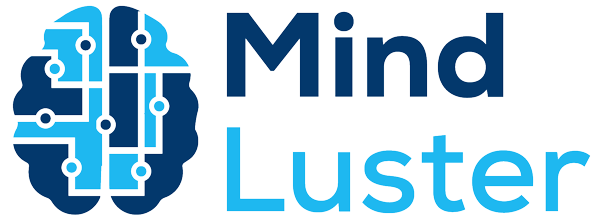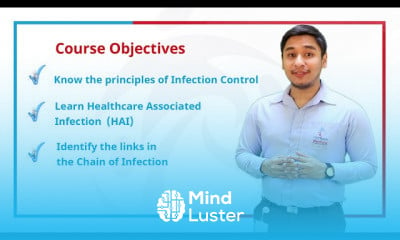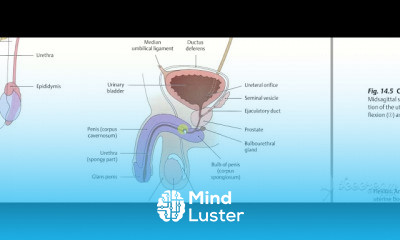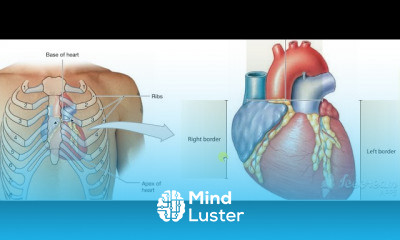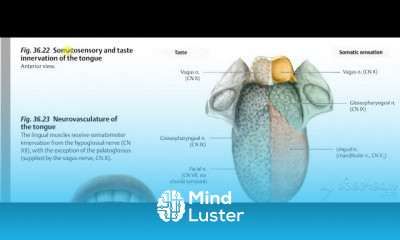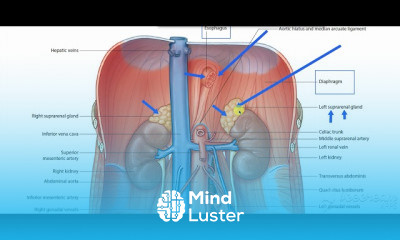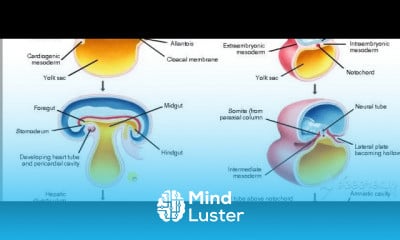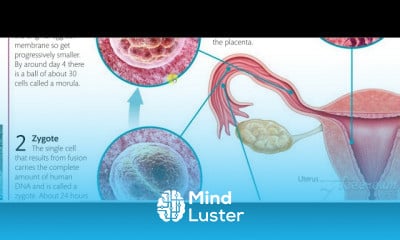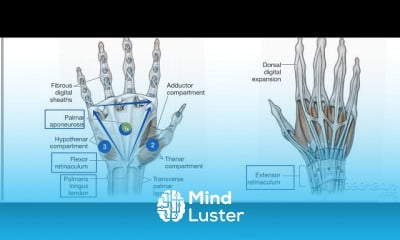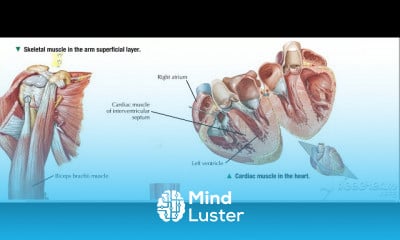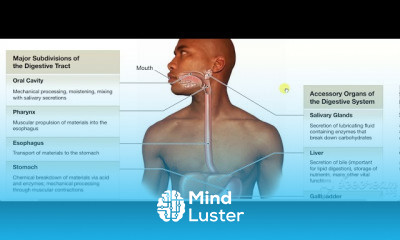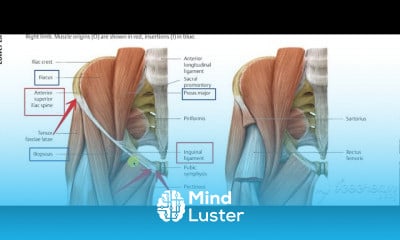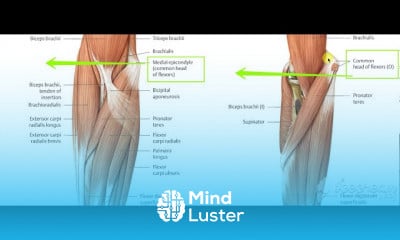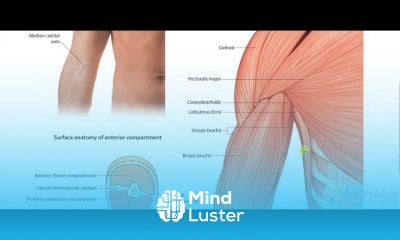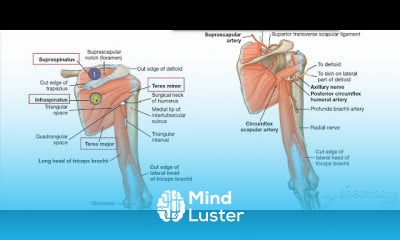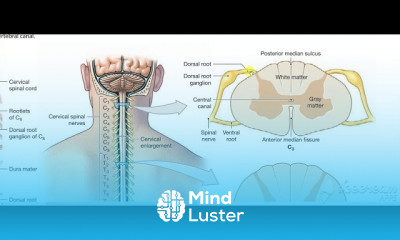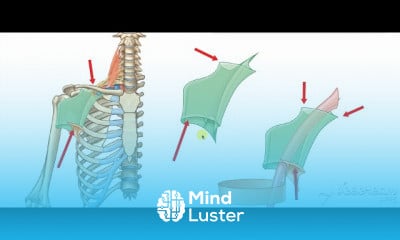Posterior cord advanced 2
Share your inquiries now with community members
Click Here
Sign up Now
Lessons List | 58
Lesson
Show More
Lessons
Comments
Related Courses in Medical
Course Description
The (upper) arm muscles are a group of five muscles located in the region between the shoulder and elbow joints. They are divided into two distinct compartments of the arm. The anterior (flexor) compartment contains the biceps brachii, coracobrachialis and brachialis muscles. The posterior (extensor) compartment contains mainly the triceps brachii muscle. Even though the anconeus muscle is not anatomically located in the arm region, it is often considered to be a part of this muscle group. This is mainly due to the fact that its function is closely related to the triceps brachii muscle.
The prime function of the muscles in the anterior compartment is flexion of the forearm at the elbow joint and adduction of the arm at the shoulder joint. Additional actions of these muscles include flexion of the arm at the shoulder joint and forearm supination. The triceps brachii muscle is the prime extensor of the forearm at the elbow joint, with assistance from the anconeus muscle, but is also capable of weak arm extension and adduction. The muscles in the flexor compartment are mainly innervated by the musculocutaneous nerve, while the extensors are innervated by the radial nerve.
More information
Human body Muscular SystemMuscles
Arm Muscles Overview
Upper arm muscles
Forearm muscles
Arm muscle diagram
Arm muscle conditions
Muscle condition symptoms
Health tips
Overview
Your arms contain many muscles that work together to allow you to perform all sorts of motions and tasks. Each of your arms is composed of your upper arm and forearm. Your upper arm extends from your shoulder to your elbow. Your forearm runs from your elbow to your wrist.
Before learning about the different muscles, it’s important to understand the four major types of movement they’re involved in:
Flexion. This movement brings two body parts closer together, such as your forearm and upper arm.
Extension. This movement increases the space between two body parts. An example of this is straightening your elbow.
Abduction. This refers to moving a body part away from the center of your body, such as lifting your arm out and away from your body.
Adduction. This refers to moving a body part toward the center of your body, such as bringing your arm back in so it rests along your torso.
Upper arm muscles
Your upper arm contains two compartments, known as the anterior compartment and the posterior compartment.
Anterior compartment
The anterior compartment is located in front of your humerus, the main bone of your upper arms.
The muscles of the anterior compartment include:
Biceps brachii. Often referred to as your biceps, this muscle contains two heads that start at the front and back of your shoulder before joining together at your elbow. The end near your elbow flex the forearm, bringing it toward your upper arm. The two heads near your shoulder help with flexion and adduction of your upper arm.
Brachialis. This muscle lies underneath your biceps. It acts as a bridge between your humerus and ulna, one of the main bones of your forearm. It’s involved with the flexing of your forearm.
Coracobrachialis. This muscle is located near your shoulder. It allows adduction of your upper arm and flexion of your shoulder. It also helps to stabilize your humerus within your shoulder joint.
Posterior compartment
The posterior compartment is located behind your humerus and consists of two muscles:
Triceps brachii. This muscle, usually referred to as your triceps, runs along your humerus and allows for the flexion and extension of your forearm. It also helps to stabilize your shoulder joint.
Trends
Electrical engineering for engineer
Graphic design tools for beginners
Theory of computation fundamentals
Microsoft Excel
Artificial intelligence essentials
Human Resources Management
Build a profitable trading
Cyber Security for Beginners | Edureka
Making money with apps
Microsoft Word
Essential english phrasal verbs
Build a tic tac Toe app in Xcode
AUTOMATA THEORY
Excel skills for math and science
Python for beginners
Bioinformatics basics
Computer science careers
English vocabulary verbs
Learning English Speaking
American english speaking practice
Recent
Bioinformatics basics
Bioinformatics databases
Vitamin A to Z tablets
Best zoology books
Best cream for piles pain
Laser surgery for piles
Best cream for piles
Anal fissure treatment
Best antibiotics for diseases
Antibodies structure
Macrophage structure
Drosophila genetics
Diagnostic tests
Bioinformatics
Genetics
Gene therapy
Kidney structure
DNA replication and types
Bacterial cell structure
Parasite structure
